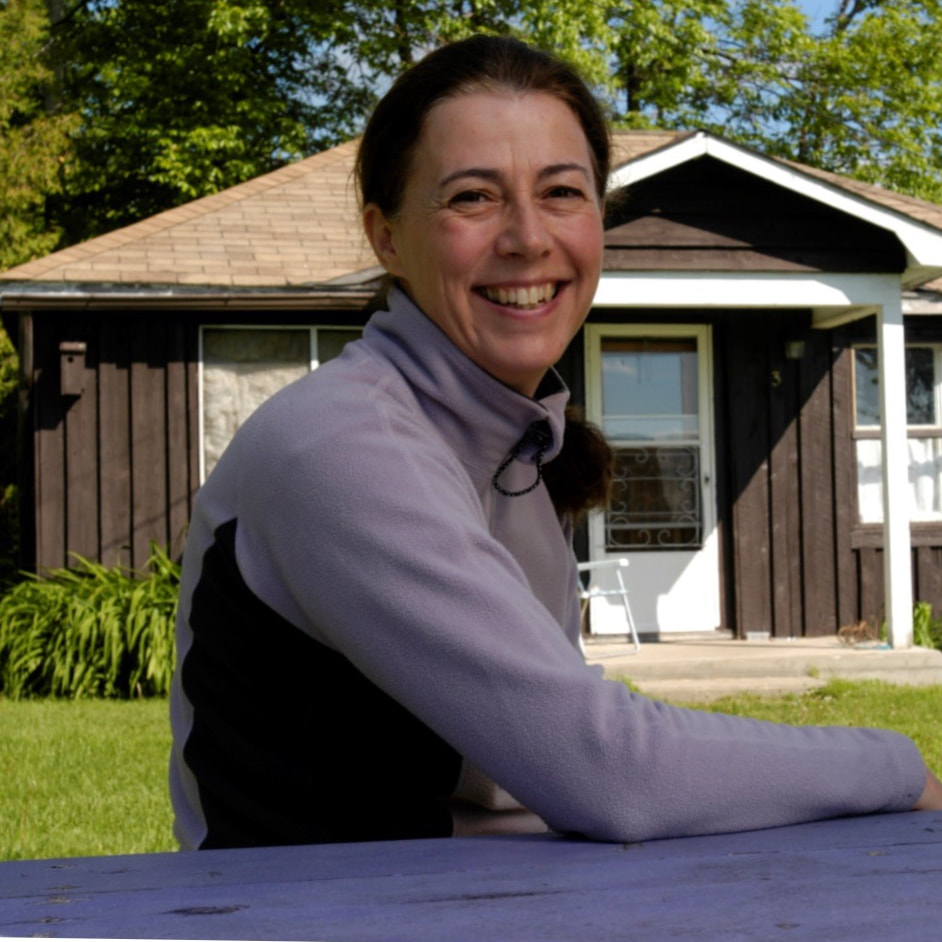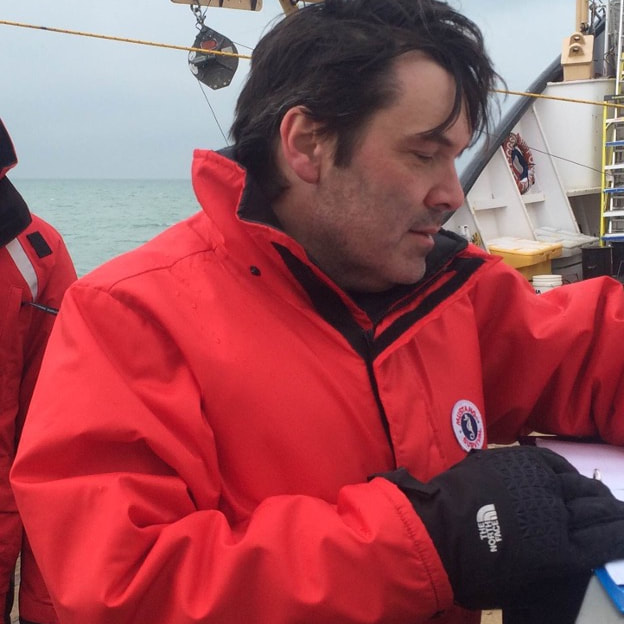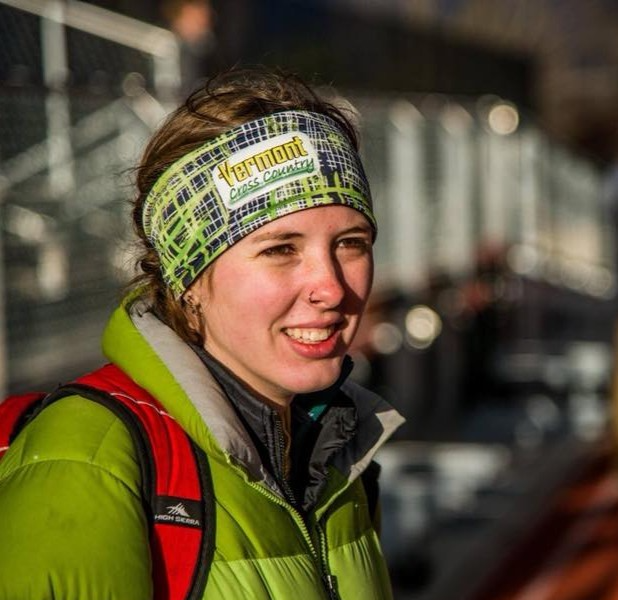UPCOMING WORKSHOP
|
May 2 and 3, 2024
At Carleton University — New Health Sciences Building, Room 1301 1125 COLONEL BY DRIVE OTTAWA, ON, K1S 5B6 https://carleton.ca/tls/rooms/health-sciences-1301/ |
We are thrilled to share with you the keynote speakers of our program! Above you can download the full abstract book. Below are details of our keynote speakers.
CONFIRMED KEYNOTE SPEAKERS
|
Frances Pick
Frances Pick is Emeritus Professor in the Faculty of Science at the University of Ottawa and past Chair of the Department of Biology. She holds a PhD in Botany from the University of Toronto specializing in limnology with a minor in biochemistry. Her research focuses on the factors affecting the structure and function of primary producers (cyanobacteria, algae, macrophytes) in lakes, rivers, urban ponds and wetlands. These factors and how they interact include nutrients, hydrology, pesticides, food web alterations and invasive species. Over the past two decades, she has been studying how climate change is affecting these interactions in Canada’s aquatic ecosystems. Cyanobacteria from picocyanobacteria through to bloom-forming and toxin-producing taxa are of particular interest and these are studied in natural and man-made systems as well as in pure cultures using classical limnological/phycological methods and more modern methods in analytical chemistry (for cyanotoxin analyses) and molecular biology (for eDNA and paleoDNA analyses). In 2014, she received the Frank Rigler Award from the Society of Canadian Limnologists for achievements in freshwater research. |
|
Mike McKay
Mike is Executive Director and Professor at the Great Lakes Institute for Environmental Research at the University of Windsor. Prior to that, he served on the faculty at Bowling Green State University (OH, USA) for 21 years where he held an endowed Professorship. Professor McKay received undergraduate- and graduate degrees in Biology from Queen’s University at Kingston (Canada) and McGill University (Montréal, Canada), respectively. Upon completion of his doctoral work, he held postdoctoral fellowships at the University of Alaska Fairbanks and with the University of Delaware where he served concurrently at the U.S. Department of Energy’s Brookhaven National Laboratory on Long Island, NY. From his roots in ocean science, Professor McKay’s research expanded to include large lakes on his return to the Great Lakes basin where his contributions to the field of environmental microbiology have advanced our current understanding of the dynamics of cyanobacterial harmful algal blooms in Lake Erie, including the role of cyanophage as agents of bloom decline which threatens the security of our potable water supply. |
|
Colleen Yancey
Colleen is an environmental microbiologist who uses ‘multi-omic’ approaches to understand the microbial world, and how we can harness microbial metabolism, biosynthetic products, and mutualisms to benefit society. She received her B.S. in Biological Science with Honors at the University of Vermont. At UVM, her research interests in biogeochemistry, nutrient runoff/leaching, and C/N sequestration were piqued while working with Dr. Carol Adair. She obtained her PhD from the University of Michigan in Earth and Environmental Sciences under the advisement of Dr. Greg Dick. While there, she used multi-omics to study secondary metabolites including toxins and novel molecules produced in Lake Erie Harmful Algal Blooms. Major themes of this research included tracking spatial/temporal trends in secondary metabolite gene expression and production throughout the bloom and how nutrient availability and strain heterogeneity might impact these trends. Colleen is passionate about understanding complex, microbial communities to address concerns regarding public health and clean water, as well as identifying sustainable solutions to promote ecosystem health and longevity. In her free time Colleen enjoys spending time outdoors, especially near the Finger Lakes, NY or Lake Champlain, VT where she grew up. |



